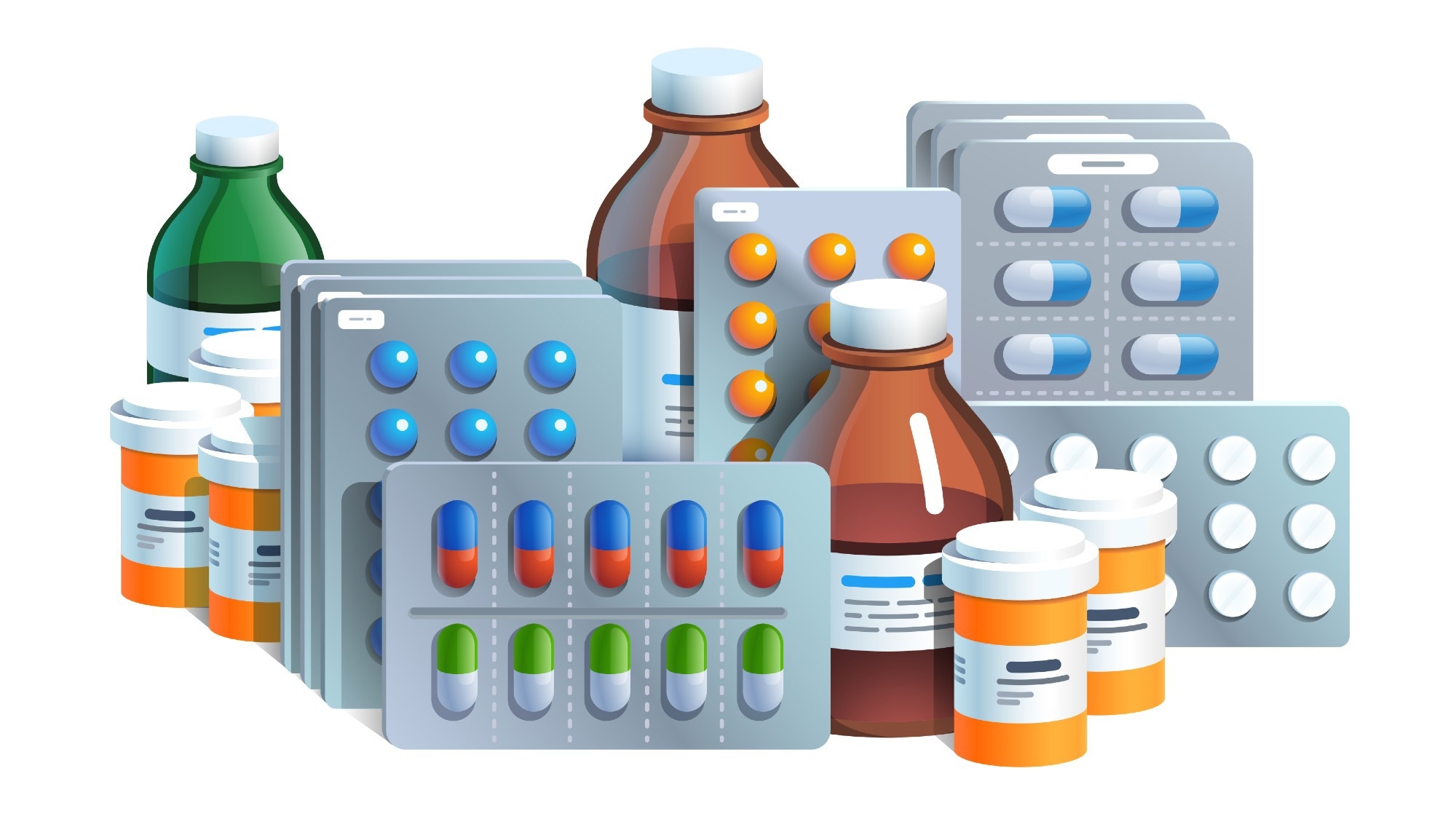In a recent study published in Therapies, researchers presented an overview of sex-based differences in adverse drug reactions (ADRs) based on epidemiology, technique, and underlying mechanism data.
 Study: Sex differences in adverse drug reactions: Are women more impacted? Image Credit: Iconic Bestiary/Shutterstock
Study: Sex differences in adverse drug reactions: Are women more impacted? Image Credit: Iconic Bestiary/Shutterstock
Studies have reported increased hospitalization rates and significant economic impacts due to ADRs, a few of which can definitely be prevented. Understanding the pharmacological rationale underlying the potential associations between sex and drug safety profiles could guide sex-tailored prescriptions and recommendations.
About the review
In the present review, researchers provided an overview of differences in drug safety by sex. The team chose to expose some examples of studies conducted for anti-infectious drugs, cardiovascular drugs, antidiabetics, anticancer drugs, psychotropics, and a few drugs specifically relevant to the current research.
Sources of pharmacovigilance differences by sex
Physiological differences between men and women regarding cardiac output and body composition affect pharmacokinetics, including drug absorption, biodistribution, metabolism, and clearance. In addition, females have greater gastric pH, slower GI (gastrointestinal) transit, water content, plasma volumes, and blood flow to organs, leading to differential secretion of transporters and enzymes involved in drug metabolism among men and women.
In most cases, more frequent drug overexposure has been reported in women with elevated drug concentration-dependent ADR risks. Concerning pharmacodynamics, the physiological variations in receptor density (greater thiazide Na+-Cl- cotransporters among female rats) and signal transduction pathways after binding to receptors (higher responses after binding to receptors mediated by endothelin A in male animals), could explain drug response pattern differences by sex.
Sex-based differences in microbial compositions and immunological responses (elevated and stronger immune responses in women) could influence ADR, especially with anti-neoplastic agents. Other factors affecting pharmacodynamic and pharmacokinetic interactions include adherence to drugs, sex-based drug use (such as oral contraceptives and hormonal therapies), and the count of medications taken by individuals (higher polypharmacy propensity in females) increase ADR risks due to drug interactions.
Methods to assess sex-based differences in drug safety
To examine the impact of sex on drug safety profiles, knowledge of drug use patterns in the general population and the general epidemiology of the event or condition of interest by sex is critical. The reporting behavior among men and women must be considered. Studies with study designs such as randomized controlled trials (RCTs), ideally with individual participant data and meta-analysis, must be conducted for analyzing data from different sources (such as clinical trials, spontaneous reporting systems, and medico-administrative databases).
Data must be analyzed using pharmacovigilance disproportionality analyses or meta-regression modeling with sex-based adjustments for safety outcomes such as hazard ratios (HR), relative risks (RR) and odds ratios (OR).
Examples of drugs with sex-based ADR differences
Drug-induced long QT syndrome (LQTS), torsade de pointes (TdP) (especially sotalol-induced) ventricular arrhythmias, and cardiac arrhythmias associated with erythromycin occur more often in women, especially those on oral contraceptives and IKR blockers. The peak plasma concentrations and area under the curve (AUC) for sotalol have been reported to be higher among women.
Women are at an increased risk of tigecycline antimicrobial-induced acute pancreatitis and antiretroviral drug-use ADRs, including lactic acidosis, elevated hepatic enzymes, insulin resistance and dyslipidemia. Nevirapine (non-nucleoside reverse transcriptase inhibitor)-induced rashes have been more common in women. Studies have reported an increased likelihood of cutaneous ADRs after exposure to anti-infectious drugs such as cotrimoxazole, pyrimethamine-sulfadoxine, and ampicillin.
Anticholinergic and extrapyramidal reactions have been reported more often in women, whereas sexual dysfunction has been more prevalent in men. Women have reported higher selective serotonin reuptake inhibitor (SSRI) antidepressant-induced ADRs such as hematoma, alopecia, vision blurring, xerostomia and palpitations, and cutaneous ADRs post-lamotrigine or carbamazepine use.
Studies have reported greater 5-fluorouracil toxicity in women. In addition, female colon cancer patients consistently experience significantly greater toxicity than men. Contrastingly, immune checkpoint inhibitor-induced Sjogren’s syndrome and toxicities due to azithromycin, hydroxychloroquine, remdesivir, or lopinavir/ritonavir use for COVID-19 have occurred more often in men. Few renal and hepatic ADRs have been documented as more common among men.
In contrast, psycho-neurological symptoms such as insomnia, headache, vertigo, and blurred vision have been more frequent among women. Higher reporting by females has been observed for endocrine-related ADRs during treatment with ribavirin, darunavir, tocilizumab, or interferon-β, and psychiatric ADRs with tocilizumab. An increased risk of ADRs following prime Pfizer-BioNTech mRNA vaccinations was observed among women, whereas post-mRNA vaccines myocarditis occurred more frequently among young males.
To conclude, based on the review findings, there is an increased risk among women for the majority of the drugs; however, methodological, subjective, and physiological points have to be considered to interpret the results. In addition, clinical trials must recruit more females for better evaluation of sex-based differences in drug efficacy and pharmacovigilance.